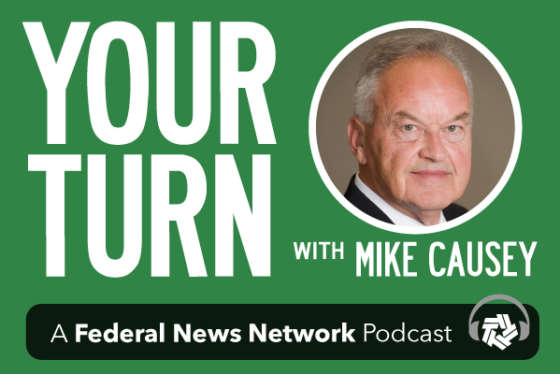Washington, D.C.-area financial planner Arthur Stein has been offering clients his advice of steady, long-term investing, for years. But when people debate the severity and length of the life-saving quarantine, which has damaged the American economy, he is not as opinionated.
“I have no idea,” Stein said on Your Turn with Mike Causey. “I was just kind of doing what I was told and staying home. And I’m as sick of it as everybody else.”
What Stein can diagnose are sick and healthy financial trends, pointing out that for 11 years, leading up to the virus-driven crash, the stock market was in bull-market territory longer than any time in the country’s history.
A bull market, he explained, is a 20% or greater gain from a previous stock market low. That bull market started in March 2009 and ended this year as the country shut down, creating a bear market — a 20% or greater loss from a previous high.
Stein expressed amazement as he noted that the stock market “bottomed out” on March 23, then another bull market began.
“So it was an incredibly short bear market,” he said. “It really only lasted 31 days. It shows how quickly the market can move.”
Stein attributes the 20-day shift from bull market to bear market — the fastest change in U.S. history — mostly to the coronavirus.
As the economy “hit rock bottom,” the American government kicked into action.
“The Federal Reserve has just done an unprecedented amount of bond buying, and other things, to pump up the economy and to keep the market from tanking too badly and keep the bond market from tanking,” Stein said.
And much more was done in 2008-2009, Stein said.
“Congress passed these stimulus bills that were worth trillions of dollars. So there’s been a lot of pumping up,” he said.
Stein thinks that Americans saw all the spending by government as a good sign to get back into the stock market.
“A lot of people just seized on that,” he said, suggesting that they thought, “Well there’s a lot of good news were going to come out of this pretty quickly, so let’s get back in the market.”
The market has partially recovered, but remains volatile. But by applying the standard definition of a bull market fits the current state.
The volatility, during the short-lived bear market, created so-called “bear-market rallies.” The market went down 5.9%, then up 9%. Then down, then up.
“So we were still in a bear market, but a lot of people might have gotten back into the stock market at that point and they would have lost considerably more money, that they were trying to avoid losing,” he said.
“That’s why it’s frequently easier just to leave your money in the market and assume, over long periods of time, it’s going to outperform the other investments available to you,” Stein said.
Copyright
© 2024 Federal News Network. All rights reserved. This website is not intended for users located within the European Economic Area.

